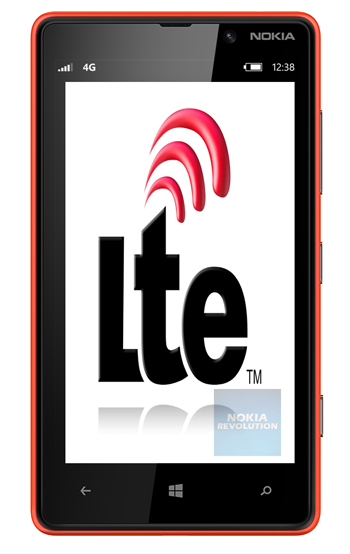LTE Spectrum Could Support Both Data and Video Transmission
MUNICH--The network division of Nokia, in Germany, is testing LTE (4G) spectrum over a Single Frequency Network (SFN) to see if European (DVB-T) broadcasters could extend their reach beyond televisions to millions of mobile devices without requiring any special kind of receiver. Instead of the television accessing the signals, cell phones and other mobile devices would serve as the receiver.
Similar test have been conducted in the U.S., most notably Verizon Wireless' use of LTE technology to "broadcast" event surrounding the NFL Super Bowl in February. Those results have never been made public. Also, Qualcomm infamously failed at a very similar experiment several years ago with FLO TV. Most commercial TV stations in the U.S. currently operate in the 700 MHz UHF band and use the ATSC broadcast standard.

LTE technology could be a viable alternative for traditional broadcasters as well as new players looking to launch new types of wireless video services. According to a company press release, Nokia is conducting these latest field experiments (which began transmissions in early July) in Munich in the hopes of finding out if broadcasting video over the air using mobile LTE technology could be a viable alternative to traditional broadcasters as well as new players looking to launch new types of video services.
The trial is using evolved Multimedia Broadcast/Multicast Service (eMBMS) software running in Nokia Flexi Multiradio 10 Base Stations (which are already deployed in many LTE networks worldwide). The Nokia Networks LTE equipment is deployed at four sites of the Bavarian broadcast company, Bayerischer Rundfunk, in Northern Munich. A "high performance" optical transport network is being used to connect the sites in a SFN configuration.
"Today, when watching videos over a mobile network, the content is individually streamed to each user," said Hossein Moiin, chief technology officer, Nokia Networks. "With LTE Broadcast the same signal is received by many users at the same time, resulting in more efficient capacity and spectrum use. Spectrum doesn't need to be dedicated to either broadcast or broadband, but can be used flexibly for both according to users' needs."
For example, LTE Broadcast could be used to stream replay video clips to all of the spectators at a sporting event simultaneously or send out mass app updates to millions of devices at once.
Nokia said current LTE Broadcast applications focus on delivering media content to contained locations, such as stadiums and concert halls, over limited periods of time. The Munich trial is the first to apply the technology on UHF spectrum, using part of the 700 MHz band to broadcast over a 200 km (125 miles) area. To maximize the efficiency of the LTE Broadcast, the SFN has been optimized for tighter synchronization of neighbor cells to increase interference robustness.
Get the TV Tech Newsletter
The professional video industry's #1 source for news, trends and product and tech information. Sign up below.
The company said the field trial looks to show that LTE could be used to complement and in the long run, even provide another option to regional digital TV distribution standards, such as DVB-T in Europe or ATSC in the U.S.
Perhaps the biggest benefit for consumers: LTE subscribers would be able to watch TV on their devices without eating into their mobile data plan and independent of network load. There's just a single video stream coming from each cell the tower, regardless of whether one person or a thousand are accessing it.
For operators, LTE Broadcast technology could bring new revenue sources by distributing TV over existing mobile broadband infrastructure.
Nokia said LTE Broadcast allows for a free-to-air or pay-TV service that can be received by anybody with a suitable device, similar to traditional TV broadcasting. Broadcasters and content providers could extend their reach to mobile users and open the door for a multitude of interactive services.
